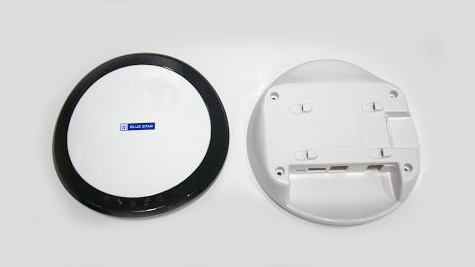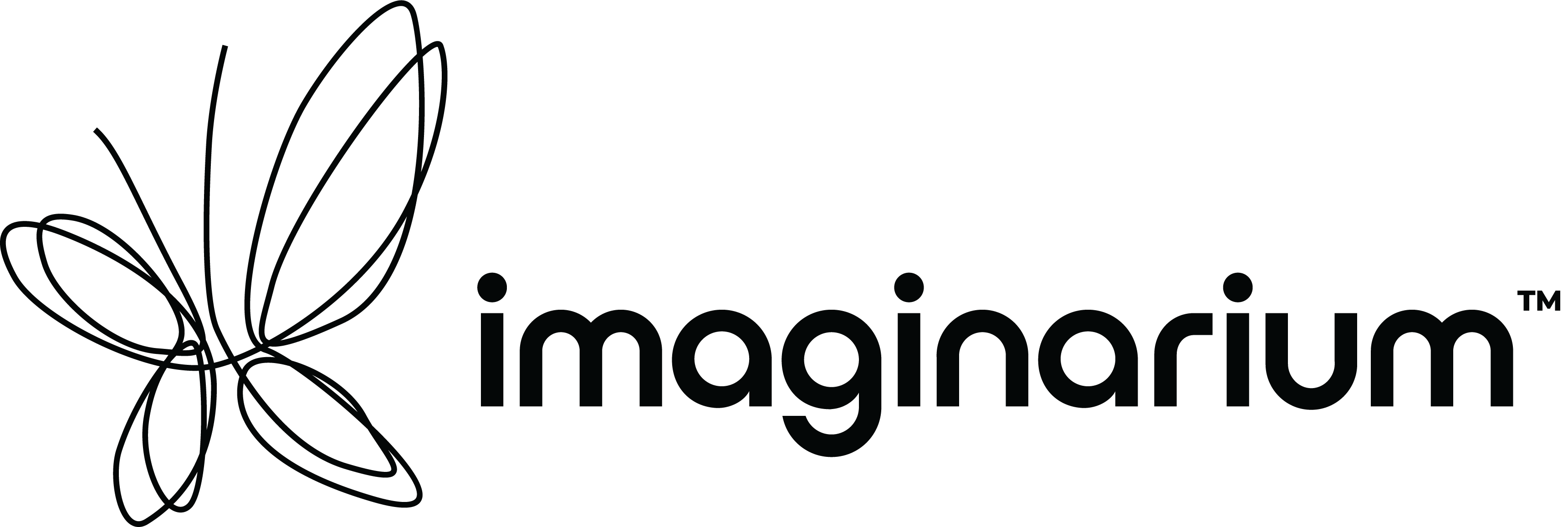In the midst of the fourth Industrial Revolution or Industry 4.0, we take a look at how on-demand advanced manufacturing has become a mainstay in the early stages of manufacturing.
Have you ever wondered how the products that we use every single day, the products that make our lives so much better, were brought to life?
Every day, we see a host of new products entering the market. Even the most intuitive and simple to use object like a door handle goes through a long process of development influenced by an army of experts before it can be made available in your nearby hardware store. Designers, Engineers, Material Scientists, Manufacturers, Marketing and Sales Professionals are just some of the contributors to the journey of an idea that is taken to market.
With every Industrial Revolution till date, the world has been introduced to increasingly better ways to mass manufacture products cheaper, faster and of higher quality. What we are currently experiencing is the fourth Industrial Revolution, also known as Industry 4.0. This is the advent of digitally connected infrastructure, robotics and advanced manufacturing that is taking us away from Mass Manufacturing and closer to a world of Mass Customised, On-Demand Manufactured products that cater to the unique needs of individuals, wherever they may be in the world.
To understand how Advanced Manufacturing is impacting the world, we need to study the path that any new idea takes on its way to becoming a finished product ready for use.
To bring any product to the market, one must begin with the idea of a product – what does it do, what will it look like, how does it work? The idea is then fleshed out with multiple designs and market research, after which it is further refined and prototyped. Imaginarium works with clients across many of these steps, helping them bring their ideas to life.
When a sports equipment company enlisted our services for initial designing and prototyping their SpeedArm cricket ball thrower, a device that helps batsmen increase their batting accuracy, our experts rose to the challenge. The client required multiple proofs of concept prototypes that would validate the design and ergonomics of the product, which our team fabricated in nylon PA12 using Selective Laser Sintering. Every design iteration that brought each prototype closer to its final stage required a new prototype that the team delivered within 3-5 days. The final prototype not only met all their ergonomic and aesthetic needs but also followed their quality and material guidelines, it could be a production level prototype.

SpeedArm cricket ball thrower. Source: Leverage

The multiple stages that a product goes through before it hits the market.
We worked with the sports equipment company through the prototyping
and batch production stage.
Once the first stage of prototyping is done, the prototypes undergo a series of tests to determine whether the product is ready for the market. Does it function in the required manner, is it strong enough, can it resist high impacts, how does it react to heat – for these tests, functional prototypes are required and may differ slightly from proof of concept prototypes. We worked with a leading home appliance company in developing a functional prototype for a washing machine. We fabricated multiple components that make up a washing machine, like the steel tub, pulsator, hose pipe, front facia, knobs in materials like ABS, PP, PC, PA12, and CRCA steel using multiple technologies like CNC machining, Vacuum Casting, Multi Jet Fusion, Selective Laser Sintering, Stereolithography and Sheet Metal Forming. The prototype was delivered within 30 days and used by our clients for testing in various conditions. In a similar instance, we fabricated the body, jar, lid, handle, base, and knobs as part of a functional prototype of a juicer mixer grinder within 5 days in Nylon PA12 using SLS.

We worked with the home appliance company through the prototyping stage.
A decade ago, looking for low-cost, good quality and immediate ability in a customised one-off product was very difficult. Manufacturers may have been able to provide only one aspect of all three. Today, it is possible to get all these factors, as processes that were once slow, manual or difficult are now fast, automated and easy.
Prototypes aren’t always judged on the basis of functionality, but also on its look and feel. Many functional prototypes are sent back to the drawing board when a company finds that it is not aesthetically appealing enough. A leading automotive OEM approached us to prototype their new headlamp design that we manufactured in a combination of ABS and PMMA, using CNC machining and it proved to be a good fit that was unmatched in quality.

Headlamp

We worked with the OEM through the prototyping stage
Once a prototype has been finalised, a small batch production run is done for licencing, branding, and field testing purposes, they’re even used as the first step for mass manufacturing. A confectionery company asked us to manufacture twenty sets of a chocolate cooler as a small batch production run that would be used for field testing in real-time conditions. Our team manufactured a small batch of these coolers in ABS through vacuum casting, that matched their vision for the final product in terms of look and function.

We assisted them through the batch production stage
Often the final prototype goes through a small batch manufacturing run that will be later used for mass manufacturing. BlueStar developed a Wi-Fi enabled central AC controller and we helped prototype it. Using two different methods to achieve the correct look – the final prototype was made in CNC machined ABS and PC. Happy with the prototype, a small batch production in injection moulding was ordered by BlueStar. We delivered everything (two different types of prototype and the small-batch) within five weeks, making BlueStar’s time to market that much quicker.

Wi-Fi enabled central AC controller

We worked with them through prototyping, tooling and production
An idea goes through multiple stages before it becomes a tangible product available in the market, making prototyping, testing, and manufacturing a long and time-consuming process. By adopting the integration of on-demand advanced manufacturing, industries have begun optimising their manufacturing cycle with a notable increase in their time to market.
We understand that the manufacturing process is a long one and it takes dedicated time and effort to bring your ideas to life. There are multiple stages that pose as roadblocks, but our team at Imaginarium are always ready and willing to help you – no matter what stage your idea is at, from conception to production.
To start your project today, email: hello@imaginarium.io or log on to rapid.imagairum.io
Banner image source: Formlabs.
